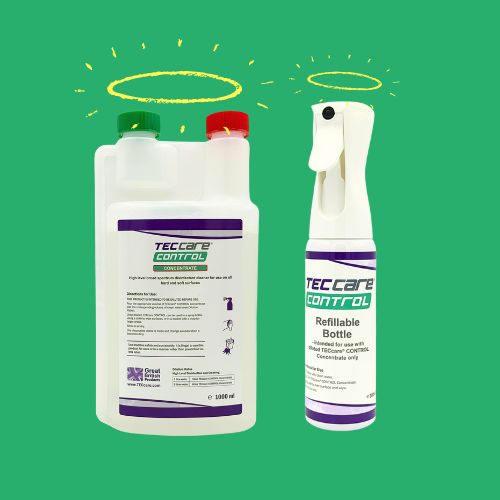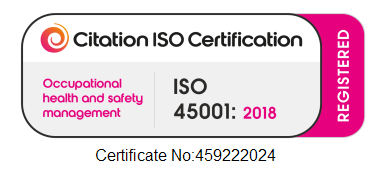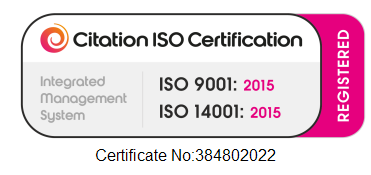Environmental Mould - a deep dive!
Published on:What is mould?
Mould is a form of fungus that breaks down dead organic material.
It is usually produced in damp and humid conditions. It’s common to notice mould growing in our homes as they offer moisture, warm air, and materials to feed on, such as wallpaper, wood and carpet.
Unfortunately, mould will continue to develop until it’s cleaned and removed and can harm our health, so you must take care when getting rid of it.
What mould can do to your health
Living in a home where mould is present can affect your physical and mental health.
Mould can trigger various health issues such as respiratory infections, worsening asthma, depression, allergic reactions, wheezing, sneezing and coughing.
It may affect certain groups of people more than others, such as;
- Elderly people
- Infants and Children
- People with existing skin problems, such as eczema
- People with respiratory problems, such as allergies and asthma
- People with a weakened immune system, such as those undergoing chemotherapy
Different types of mould to look out for
Mould comes in different forms, some blackish and patchy, others green and textured. Knowing where mould grows in the home can help you stop the issue at its source and prevent you from continually trying to get rid of it.
Here are some common types of mould in houses and their health implications to look out for.
Alternaria tends to be velvet-like in texture with dark green or brown hairs.
This type of mould tends to be found in damp places such as showers, baths, or under leaky sinks. It grows all year round but is most common between July and September. As it spreads quickly, it’s a good idea to get rid of it as soon as you’ve spotted it.
Health hazards: Alternaria can cause asthma-like symptoms affecting the upper respiratory tract, nose and mouth.
Aureobasidium begins as pink, brown, or black colour and usually turns a darker brown as it ages.
It is one of the most common types of mould on walls and can often grow behind wallpaper or on painted or wooden surfaces.
Health hazards: Aureobasidium can cause eye, skin and nail infections and should never be touched with bare skin.
Cladosporium is a greenish-brown coloured mould with a suede-like texture.
It can grow in both cold and warm climates. It is often found in indoor materials, such as upholsteries, fabrics, and carpets, and can grow inside cupboards and under floorboards.
Health hazards: Cladosporium can cause allergic reactions to the eyes, nose, throat and skin and exacerbate asthma symptoms and sinusitis. Due to its potential for causing skin and lung irritation, Cladosporium should never be handled directly.
Penicillium is blue or green with a velvety texture.
It can be found on spoiled food and common materials like wood, carpets, wallpapers, and mattresses. It can be found throughout the year, with growth peaking between January and February.
Health hazards: Penicillium spores can become airborne and be inhaled by home occupants, leading to asthma and sinusitis.
It can harm those with weakened immune systems as it can worsen their symptoms and result in further health problems.
Stachybotrys (Black Mould) is usually, dark green or black and has a slimy texture that’s easy to mistake for dirt.
Humidity and damp conditions are the main culprits of black mould. This type is among the most common type of mould on windowsills as it grows in damp areas with high humidity levels, such as bathroom windows. You will also spot black mould on natural materials such as wood, aluminium wicker, and paper.
Health hazards: Black mould is generally a specific strain called Stachybotrys but those exposed may experience burning sensations in the airways, nose bleeds, fatigue, sinusitis, fever, headaches, and a persistent cough.
Stachybotrys is especially dangerous to children, so ensure you remove them from your environment as quickly as possible
FOLLOW THESE STEPS
HOW TO RID YOUR BUILDING OF BLACK MOULD
- Ensure good ventilation where possible
- Dry the affected areas on a regular basis
- Clean the surface with ECO-DET using sponge or cloth and allow to air dry
- Apply and initial dose of TECCARE CONTROL at 1:42 ratio and allow to air dry

 12/11/2022
12/11/2022
 28/10/2022
28/10/2022





